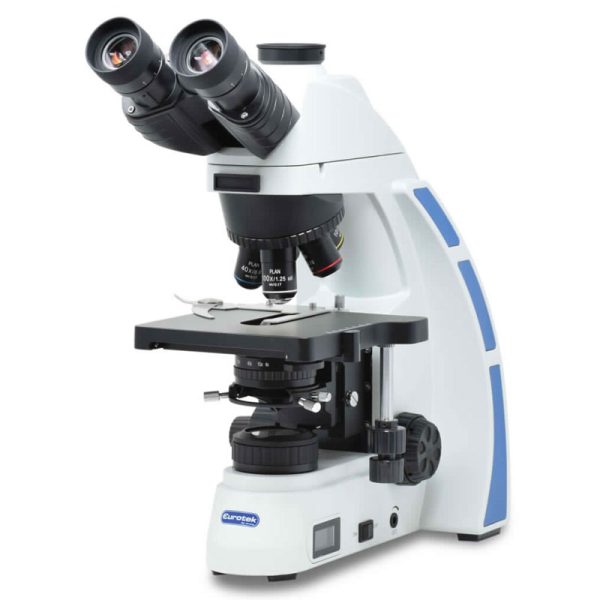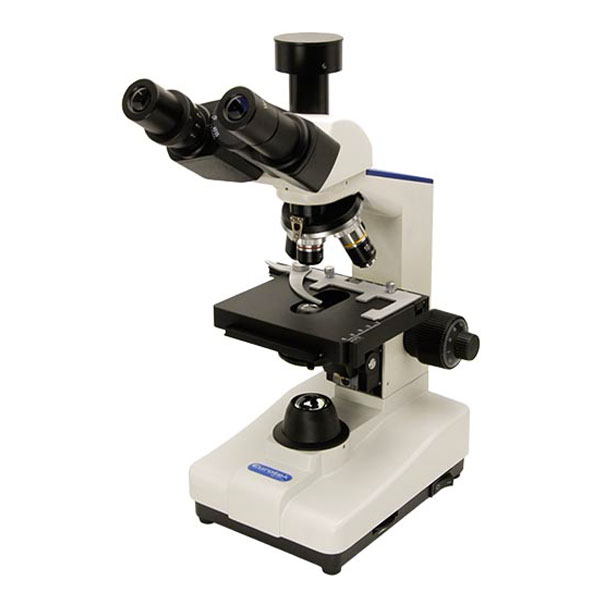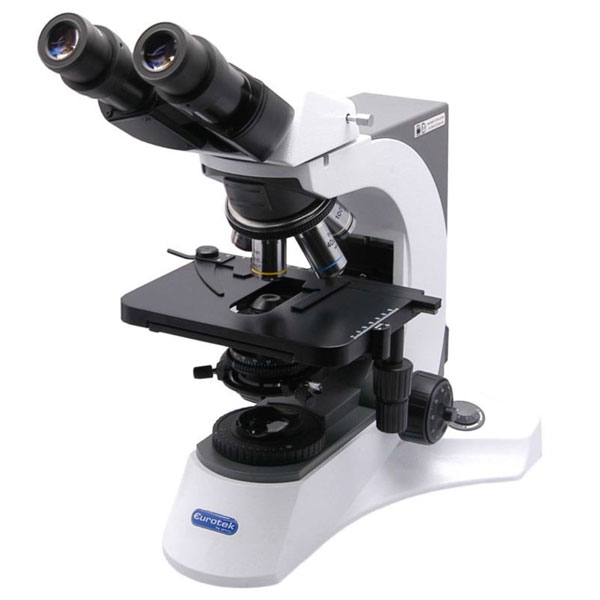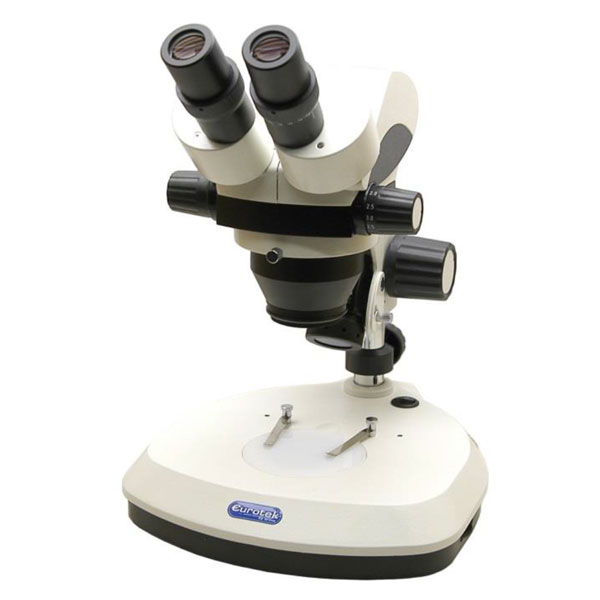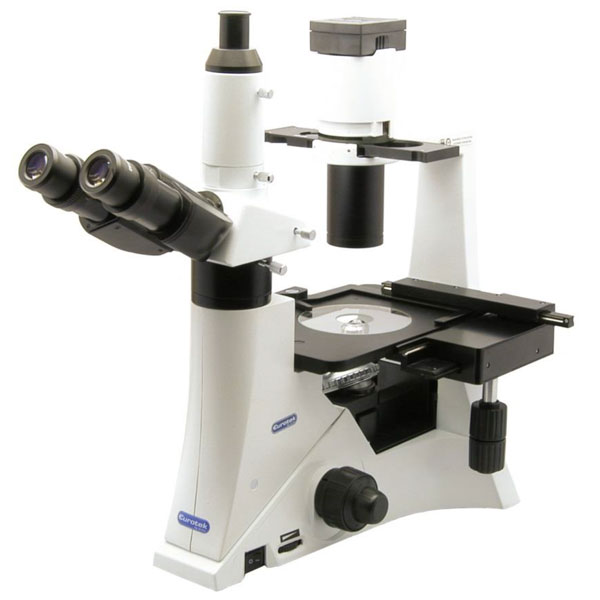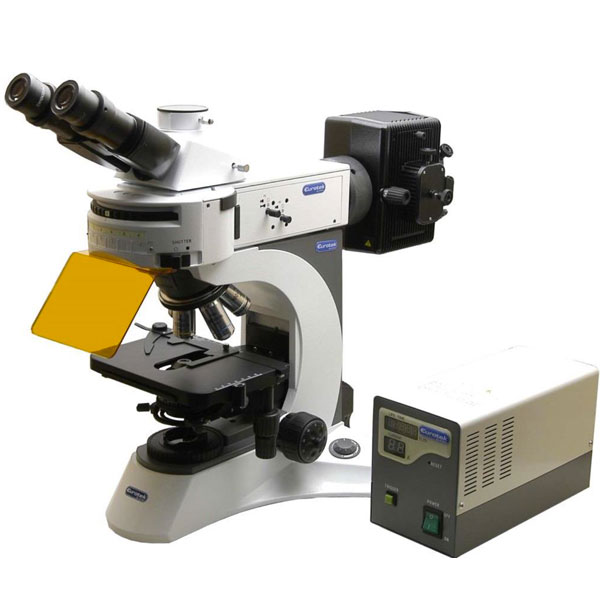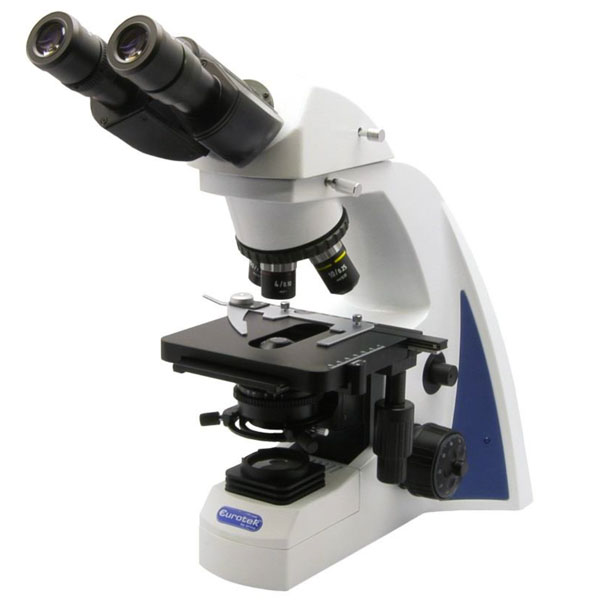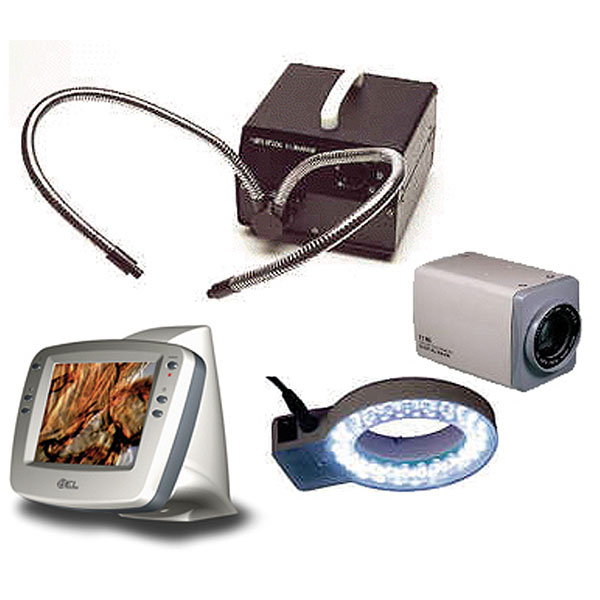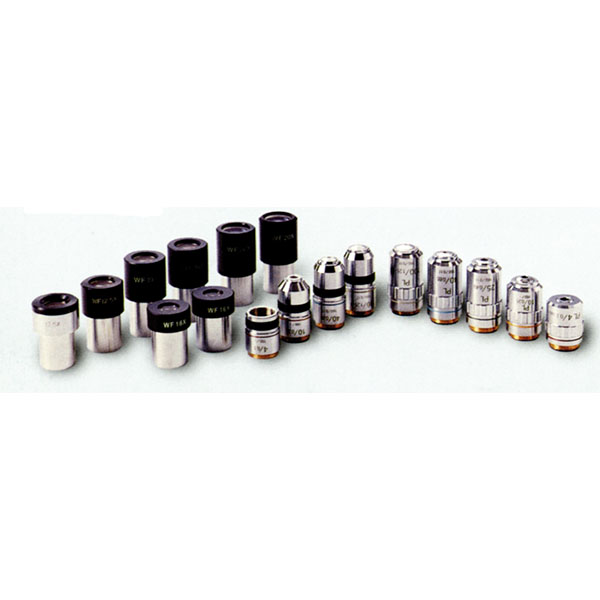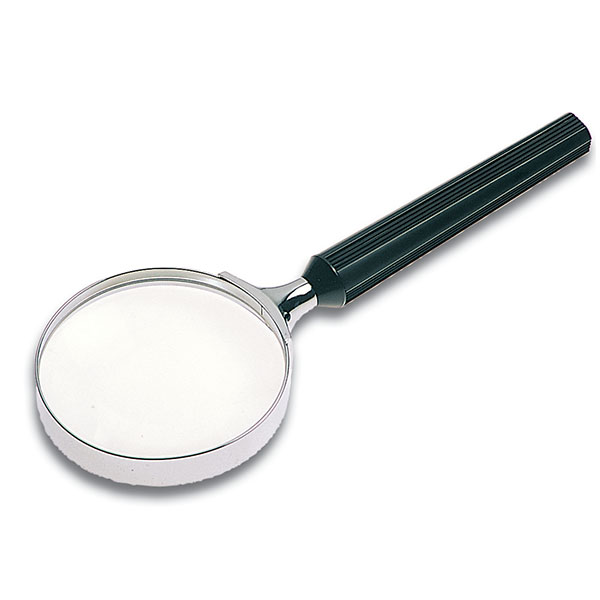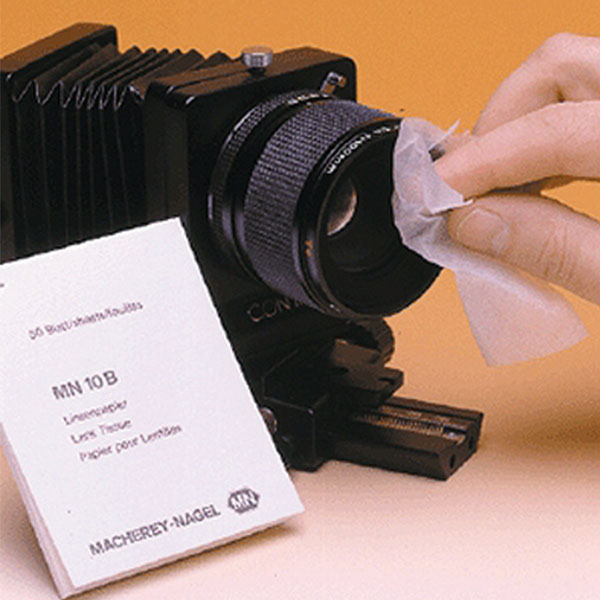The laboratory microscope is an instrument used to see and analyse objects, particles and micro-organisms not visible to the naked eye. The first prototype was invented by the Dutch scientist Zacaria Jannsen in the 16th century and was characterised by three concentric tubes, about 45 cm long, fitted at the ends with magnifying glasses. As the decades passed, the materials and technologies of the optical microscope evolved and differentiated, giving rise in the 1930s to the electron laboratory microscope. Scholars Ernst Ruska and Manfred Von Ardenne discovered that a beam of electrons, compared to traditional light, makes a microelement visible one hundred thousand times more.
Microscopes are of different types:
- optical
- electronic
- probe scanning
.
Optical microscopes allow direct observation as they remain within the electromagnetic spectrum of light.
Electron microscopes can have an indirect view through photography or other viewers and are based on observation through electron beams.
Probe scanning microscopes show the sample through a probe or other suitable instrument.
The main factors that determine the characteristics of a laboratory microscope are resolution and magnification.
In addition to these, microscopes can be distinguished between monocular (one eyepiece system only) or binocular, which offer much better quality and comfort.
Optical microscopes
A vitally important factor for optical microscopes, along with the number of eyepieces, is light transmission. This determines the quality of vision and thus of the instrument. Light can be transmitted or reflected depending on the system with which the instrument is equipped.
Monocular optical microscope
Monocular models are cheaper but brighter, and allow the observed image to be recorded.
Stereoscopic Optical Microscope
Stereoscopic models are more suitable for intensive use. The binocular heads first split the light beam into two optical paths, which are then brought together in the two eyepieces by a system of prisms. Aberrations produced by optical dispersion are subsequently compensated.
.
Main features of the optical microscope
The optical laboratory microscope is an instrument that makes it possible to see images that the naked eye cannot focus on due to its tiny size.
It consists of a series of lenses placed at opposite ends of a tube that uses visible light to focus images. The lens close to the eye of the user of the instrument is called the eyepiece, while the one close to the object to be observed is called the objective. There are usually three objectives, with different magnification powers, and they are mounted on a rotating stand that allows the most suitable lens to be used. The microscope has an illumination system that uses the wavelength of visible light, emitted by a lamp, which is projected under the object to be observed, usually through a mirror. The device has a supporting structure that joins the optical system to the illumination system and a small table on which the object to be observed is placed. Since the light must pass through it, the object must be very thin and usually has to be enclosed between two slides that allow it to be manipulated.
Optical Resolution Laboratory Microscopes
.
The resolution power of the optical microscope, i.e. its magnification capacity, is about two thousand times what the human eye can perceive. A particular type of optical microscope is the compound microscope, i.e. one that is equipped with a more complex system of lenses to improve the image and reduce possible errors of perception; it may consist of two objectives so as to obtain binocular vision, with the depth parameter.
Electronic laboratory microscopes
Electron microscopes do not use light as a radiation source but a beam of electrons. The resolution of a microscope is inversely proportional to the wavelength of the radiation it uses. This is why using an electron beam achieves a much higher resolution than using an optical beam.
Main features of the electron microscope
For far greater resolution, the laboratory electron microscope is used, which, instead of using the electromagnetic radiation of visible light, uses electron beams emitted by a generator.
Through magnetic lenses, images are picked up by a screen that displays them at a magnification of more than a million times the real thing. There are two basic types of electron laboratory microscopes, scanning and transmission, whose use is limited to research and biomedical facilities that usually employ them for the classification of microorganisms or for the evaluation and screening of cellular tissues.
Microscopes are used in the laboratory for the classification of microorganisms or for the evaluation and screening of cellular tissues.
Scanning microscopes and others
In addition to these more common types, other instruments called microscopes exist in laboratories. But these are based on other principles and have highly specialised functions.
These include atomic force microscopes, X-ray, ionic, diffraction electron microscopes and others.
Where to buy microscopes?
Where to buy and how much a microscope costs
Laboratory microscopes make it possible to obtain images of great precision and this can be exploited in numerous fields ranging from individual curiosity, to teaching in high schools, to use in diagnostics and health care.
Those wishing to purchase a microscope for personal use can browse the major e-commerce sites, including Amazon, where microscopes of various types and price ranges can be found.
Laboratory microscopes for education
.
To satisfy children's curiosity, you can choose from several types of teaching microscopes that teach the first rudimentary microscopy experiments, for a modest price of around 50 euro. If, on the other hand, you need a professional laboratory microscope, the cost can run into several thousand euros.
You should also consider choosing from excellent second-hand microscopes that could halve the purchase value, while still maintaining a good quality/price ratio.
.
Below are the most interesting models on the market resold by Colaver
Labor series biolgical microscope
Bioline series biological microscope



